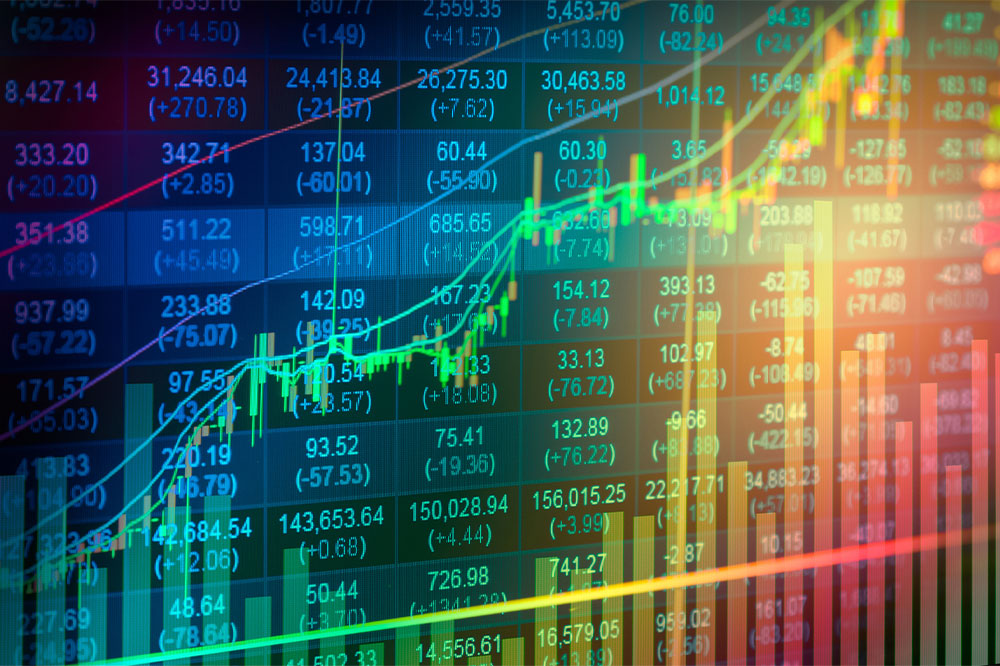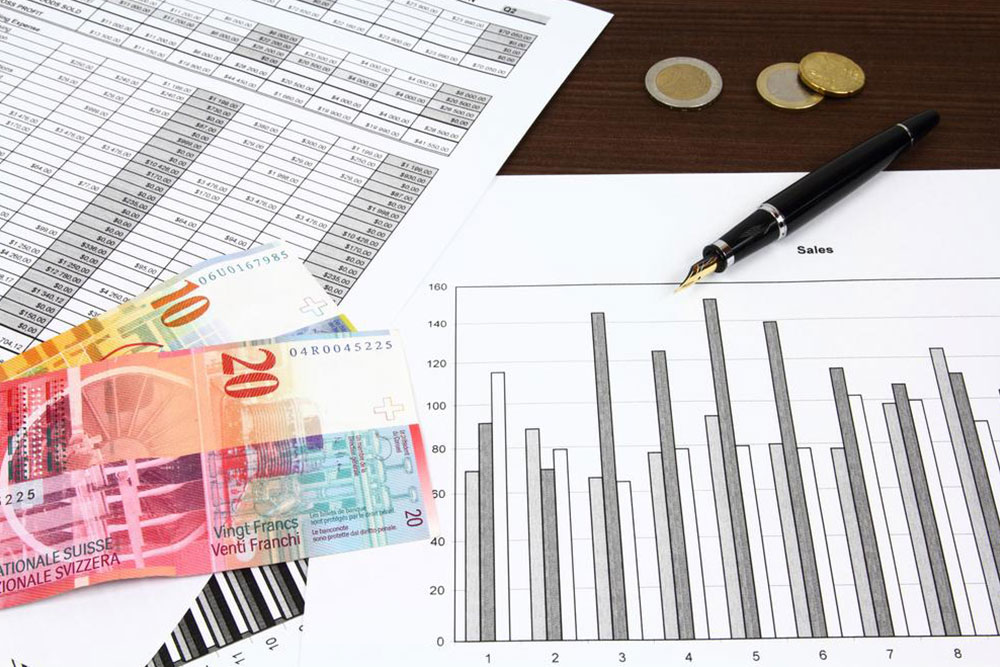Comprehensive Guide to Active Managed ETFs: Key Trends, Benefits, and Industry Insights
This comprehensive guide explores the landscape of active managed ETFs, detailing their features, current market trends, benefits, challenges, and future prospects. It highlights how these funds combine professional management with ETF flexibility, making them attractive for dynamic investors seeking higher returns amid evolving market conditions. The article emphasizes growth opportunities, risks, and the importance of transparency and skill in active ETF management, offering valuable insights for investors looking to leverage this innovative investment vehicle to optimize their portfolios.

Comprehensive Guide to Active Managed ETFs: Key Trends, Benefits, and Industry Insights
Exchange-Traded Funds (ETFs) have revolutionized the investment landscape by providing a flexible, cost-effective way for investors to diversify their portfolios. While passively managed ETFs—tracking major indices—are widely popular due to their low costs and straightforward investment approach, actively managed ETFs are rapidly gaining traction among a broader spectrum of investors seeking to outperform market benchmarks. These funds are managed by professional fund managers who continuously adjust holdings based on market conditions, economic indicators, and strategic insights, with the goal of generating superior returns. This detailed guide explores the nuances of active managed ETFs, their current market trends, advantages, challenges, and future outlook, offering investors comprehensive insights into this dynamic investment vehicle.
Understanding Active Managed ETFs
Active managed ETFs are a specialized category of exchange-traded funds designed to outperform standard index-based ETFs through active management. Unlike their passive counterparts, which aim to replicate index performance, active ETFs employ a team of professional managers who analyze financial data, economic trends, and market signals to make informed buy or sell decisions in real-time. These funds oftentimes track underlying mutual funds or comparable indices but distinguish themselves through their agility and strategic decision-making process. Investors turn to active ETFs hoping to capitalize on market inefficiencies and exploit short-term opportunities, potentially generating higher returns over the long run. Because these funds are traded on the stock exchange, investors gain the flexibility to buy or sell shares throughout the trading day, enabling more dynamic portfolio management and timing strategies.
Unique Features of Active Managed ETFs
Active ETFs share several characteristics with traditional ETFs, including liquidity, ease of trading, and tax efficiency. However, they stand out due to their active management approach, which introduces additional responsiveness to ongoing market developments. Active ETFs typically carry higher expense ratios compared to simple passive ETFs, reflecting the ongoing costs associated with active oversight and research. These fees compensate fund managers for their expertise and strategic interventions, which are critical to driving potential outperformance. Furthermore, active ETFs may incorporate risk management techniques, such as hedging or sector rotation, to safeguard capital during volatile periods. Investors attracted to these funds often seek the potential for superior gains and the ability to react swiftly to market shifts, making them suitable for aggressive or sophisticated investors looking for an edge.
Market Trends and Industry Growth
Despite the overall rapid growth of ETFs as an investment class—estimated to be worth over $8 trillion globally—active managed ETFs constitute a smaller, but swiftly expanding market segment, valued at approximately $4 trillion. The number of active ETF funds has been increasing significantly, with industry reports noting over 230 such funds in operation, including roughly 50 launches just in the previous year. This trend highlights rising investor interest in active management strategies within the ETF framework. The year 2017 marked a milestone with a record inflow of over $24 billion into active ETFs, capturing over 50% growth compared to the previous year. This surge reflects a growing awareness and acceptance of active management's potential to outperform passive strategies in certain market conditions. However, the industry also faces challenges related to mislabeling—some firms have exploited the boom by branding passive funds as active to attract investors—leading to regulatory scrutiny and calls for transparent disclosures.
Pros and Cons of Active Managed ETFs
Active ETFs offer several advantages that make them attractive choices for many investors. Foremost among these is the ability to trade throughout the day, providing flexibility to respond to market developments promptly. They also tend to have higher liquidity than traditional mutual funds, enabling easier entry and exit points. The expense ratios, while higher than passive ETFs, are generally lower than actively managed mutual funds, offering a more cost-effective active management solution. Their potential for higher returns, especially in volatile or inefficient markets, appeals to investors willing to accept the associated risks. Nonetheless, active ETFs come with notable challenges; performance can be inconsistent, heavily dependent on fund manager skill, and subject to market forces beyond the manager’s control. Additionally, the costs can escalate during periods of underperformance or increased trading activities, which can diminish overall returns.
Limitations and Risks of Active Managed ETFs
While active ETFs present promising opportunities, they are not without limitations. One primary concern is the higher management fees—these can erode gains over time, particularly if the fund underperforms the benchmark index. Costs tied to active management typically increase as funds grow or as the fund faces periods of poor performance, adding pressure on fund managers to consistently deliver superior results. Moreover, long-term studies indicate that many active funds tend to underperform their passive counterparts after accounting for fees, especially in efficient markets where market prices incorporate most information. Another risk involves the potential for mismanagement, especially in volatile or unpredictable markets, where even skilled managers may struggle to outperform benchmarks. Therefore, investors should weigh the higher costs, risks, and the dependence on manager expertise before choosing active ETFs as part of their investment strategy.
The Future of Active Managed ETFs
Looking ahead, the trajectory for active managed ETFs appears promising, with sustained growth anticipated driven by investor demand for active strategies combined with ETF advantages such as liquidity, transparency, and trading convenience. As financial technology advances and data analytics improve, fund managers are better equipped to implement sophisticated strategies, making active ETFs more appealing and potentially more effective. Regulators are increasingly scrutinizing labeling practices to ensure transparency, which benefits genuine active funds and investors. Despite some cautionary notes about costs and performance variability, the overall industry outlook is positive, with most analysts predicting continuous expansion. Active ETFs are poised to carve out a more significant share within the broader ETF market, especially as investors seek higher alpha in an increasingly complex market environment.
Conclusion
Active managed ETFs serve as a vital innovation within the investment world, blending the flexibility and transparency of ETFs with the strategic potential of active management. While they come with higher costs and certain risks, their ability to adapt quickly to market changes and deliver potentially superior performance makes them an essential consideration for institutional and retail investors aiming to optimize their portfolios. As this segment continues to evolve, emphasizing transparency, manager skill, and cost efficiency, active ETFs are likely to become a mainstream component of diversified investment strategies, offering a compelling alternative to passive funds and traditional mutual funds.





